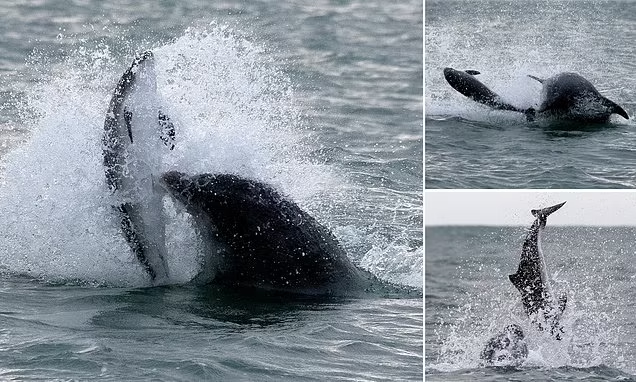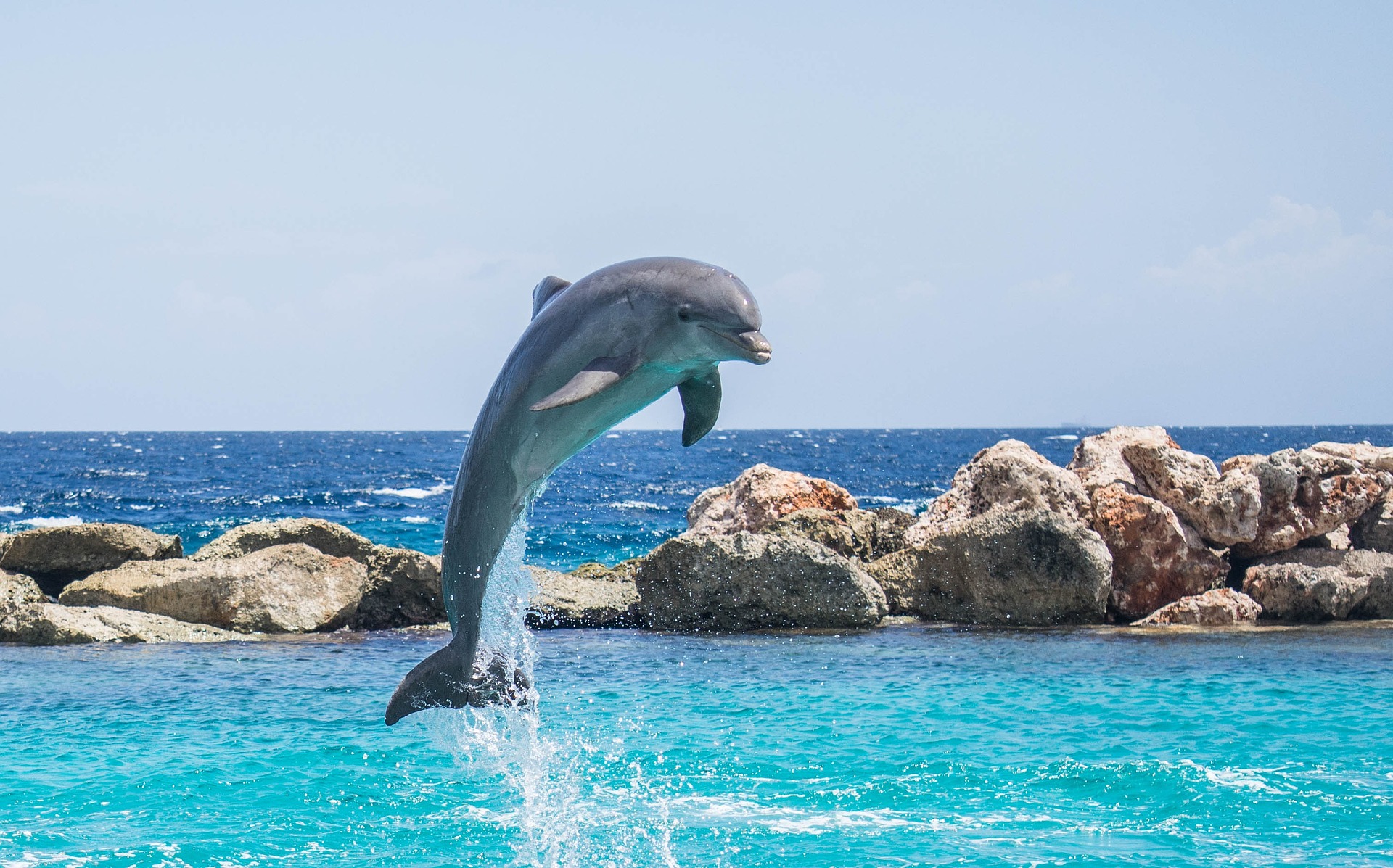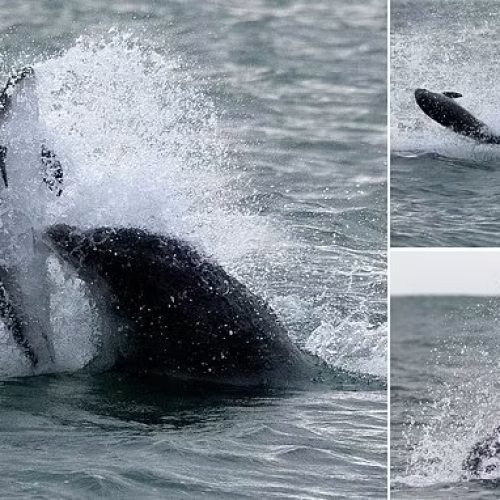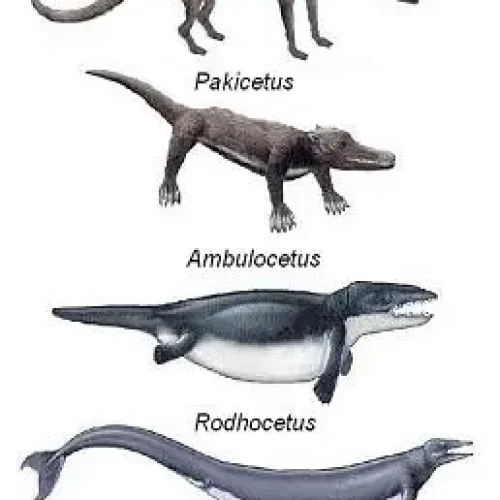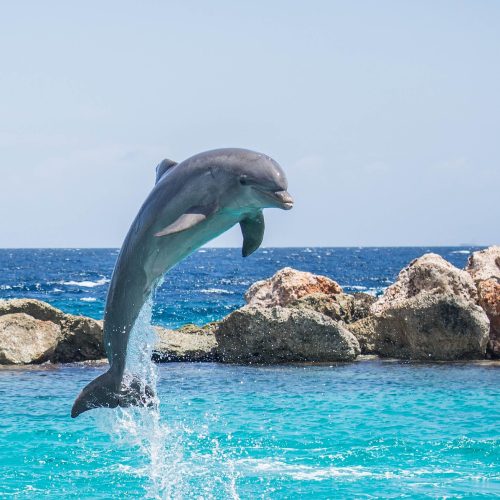In this article
MEET THE AMAZON RIVER DOLPHIN
Dive into the enchanting world of the Amazon River dolphin, a creature that captivates with its unique rosy hue and mysterious allure.
Known locally as “boto” or “bufeo,” this freshwater marvel has been swimming through the rivers of South America for millions of years, weaving its way into local folklore and scientific fascination alike.
Scientific name and classification
The Amazon River dolphin, scientifically named Inia geoffrensis, belongs to the family Iniidae.
This charismatic cetacean is one of only five extant species of river dolphins worldwide. Taxonomists recognize three subspecies:
• I. g. geoffrensis: Found in the Amazon River basin
• I. g. boliviensis: Inhabits the upper Madeira River in Bolivia
• I. g. humboldtiana: Lives in the Orinoco River basin
Geographical distribution and habitat
These pink-hued mammals navigate the complex waterways of South America with remarkable agility.
Their domain stretches across the Amazon River and its tributaries, the Orinoco River system, and the upper Madeira River, collectively forming the pink dolphin habitat.
Adaptable by nature, Amazon River Pink dolphins thrive in various aquatic environments, from fast-flowing rivers to tranquil oxbow lakes and flooded forests during high-water seasons.
This versatility allows them to exploit diverse feeding grounds and adapt to seasonal changes in their habitat. However, concerns are growing about how many pink dolphins are left in the world.
As of 2024, conservationists estimate that how many pink dolphins are left in the world today is around 10,000 to 15,000 individuals, highlighting the urgent need for protection of their unique ecosystem.
The declining numbers underscore the importance of preserving the pink dolphin habitat to ensure the survival of this iconic species.
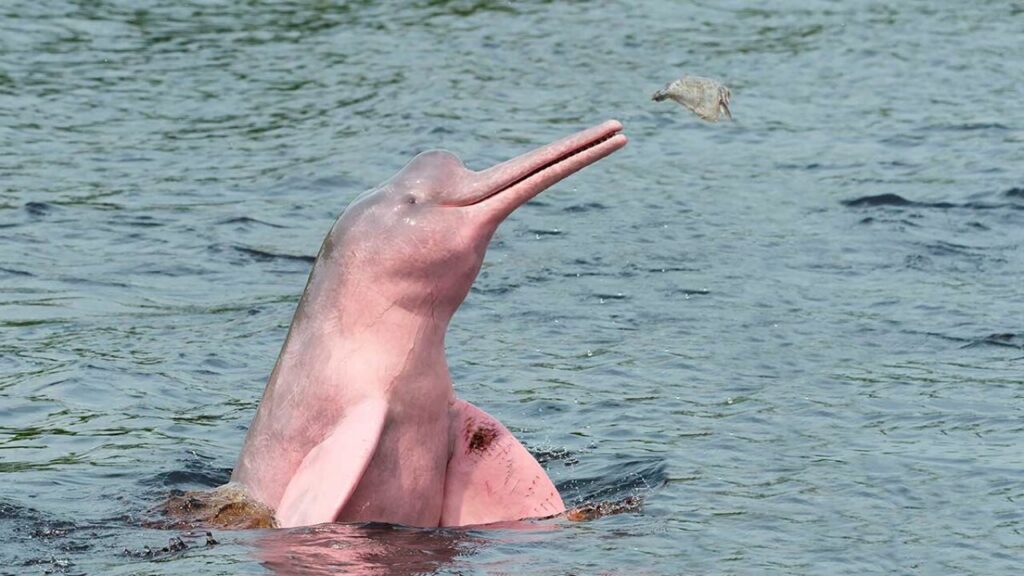
Physical characteristics beyond the pink hue
While their rosy coloration steals the spotlight, Amazon River dolphins boast an array of fascinating physical traits:
1. Size: Adults can reach lengths of up to 2.5 meters and weigh around 185 kilograms.
2. Flexible neck: Unlike their oceanic cousins, river dolphins possess unfused neck vertebrae, allowing them to turn their heads at sharp angles – a crucial adaptation for navigating cluttered river environments.
3. Long snout: Their elongated, slender beak houses up to 140 teeth, perfect for catching slippery fish in murky waters.
4. Eyes: Small but functional, their eyes have adapted to the often turbid river conditions.
5. Melon: A pronounced forehead houses their echolocation organ, essential for “seeing” in low-visibility waters.
6. Flippers: Large, paddle-like flippers provide excellent maneuverability in tight spaces.
7. Coloration variation: While predominantly pink, their hue can range from gray to white, depending on age, water temperature, and activity level.
The Amazon River dolphin’s unique blend of physical adaptations and its striking appearance make it a true icon of the Amazon rainforest ecosystem.
THE SCIENCE OF BLUSHING CETACEANS
The pink dolphin, officially known as the Amazon river dolphin or boto, captivates both scientists and nature enthusiasts with its unique rosy hue.
This freshwater marvel, found in the Amazon and Orinoco river basins, stands out among its cetacean cousins not just for its habitat but for its striking coloration.
Genetic factors behind the pink coloration
The boto’s pink pigmentation stems from a complex interplay of genetic factors.
Unlike the grey or blue tones of their marine relatives, these river dwellers possess a gene that produces a pinkish pigment in their skin cells.
This pigment, similar to melanin in humans, gives the Amazon river dolphin its characteristic blush.
Researchers have identified several key genes involved in this process:
• The MC1R gene, which regulates pigment production
• The ASIP gene, responsible for pigment distribution
• The TYR gene, crucial for melanin synthesis
Mutations or variations in these genes contribute to the range of pink shades observed in boto populations. Some individuals appear almost white, while others showcase a vibrant fuschia hue.
Age and gender variations in pigmentation
The intensity of a boto’s pink coloration isn’t static throughout its life. Young calves typically display a grey or muted pink tone, gradually developing their full rosy potential as they mature.
This color change serves as a visual indicator of age, much like grey hair in humans.
Gender also plays a role in pigmentation patterns:
• Males tend to be pinker and more brightly colored than females
• Adult males often develop distinct pink patches on their flippers and flukes
These differences likely evolved as a form of sexual dimorphism, potentially aiding in mate selection and social interactions within boto pods.
Albinism vs. pink pigmentation in dolphins
While the Amazon river dolphin’s pink hue might resemble albinism at first glance, the two conditions are fundamentally different.
Albinism results from a complete lack of melanin production, leading to white skin and red eyes. In contrast, the boto actively produces pink pigment.
Some key distinctions:
• Albino dolphins have pink eyes due to visible blood vessels; botos have normal eye coloration
• Albinism affects all body parts equally; boto pigmentation can vary across the body
• Albino animals are typically more sensitive to sun damage; botos have normal UV tolerance
Interestingly, true albinism has been documented in other dolphin species, such as the bottlenose dolphin. These rare individuals stand out even more than their pink river-dwelling cousins.
The pink dolphin’s unique coloration continues to intrigue scientists. Beyond its aesthetic appeal, this trait offers valuable insights into cetacean genetics and evolution.
As research progresses, we may uncover new connections between pigmentation, habitat adaptation, and social behavior in these remarkable animals.
Conservation efforts for the Amazon river dolphin have gained momentum in recent years.
CULTURAL SIGNIFICANCE AND CONSERVATION
The Amazon River dolphin, with its ethereal pink hue and elusive nature, has long captured the imagination of local communities and visitors alike.
This fascinating creature plays a pivotal role in the cultural tapestry of the Amazon basin, while simultaneously facing numerous challenges to its survival in the modern world.
In the rich oral traditions of Amazonian cultures, the pink dolphin holds a place of reverence and mystery:
• Shape-shifting legends: Many indigenous groups believe these dolphins can transform into handsome young men, known as “encantados,” who seduce women at riverside festivals.
• Magical powers: Some communities attribute healing abilities to the pink dolphin, using various body parts in traditional medicine.
• River guardians: Certain tribes view these cetaceans as protectors of the river ecosystem, warning against overfishing and environmental degradation.
• Music and art: The boto’s image frequently appears in local music, dance, and visual arts, serving as a muse for countless Amazonian artists.
These beliefs have contributed to a cultural taboo against harming pink dolphins in many areas, inadvertently aiding their conservation for generations.
Threats to the species’ survival
Despite their cultural significance, Amazon River dolphins face numerous threats in their native habitats:
1. Habitat loss: Dam construction and deforestation disrupt river ecosystems, fragmenting dolphin populations and altering water flow patterns.
2. Pollution: Mercury contamination from gold mining and agricultural runoff poses serious health risks to these top predators.
3. Fishing conflicts: Dolphins often become entangled in fishing nets, leading to injury or death. Some fishermen view them as competition and may deliberately harm them.
4. Boat traffic: Increased river transportation leads to more collisions and noise pollution, disrupting the dolphins’ echolocation abilities.
5. Climate change: Altering rainfall patterns and river levels impacts the dolphins’ feeding and breeding grounds.
6. Capture for display: Although illegal, some dolphins are still captured for exhibition in aquariums, particularly in countries bordering the Amazon.
Conservation efforts and eco-tourism impact
In response to these challenges, various initiatives have emerged to protect the Amazon River dolphin:
• Research programs: Scientists are conducting extensive studies to better understand dolphin behavior, population dynamics, and habitat needs.
• Legal protections: Several countries have implemented laws to safeguard river dolphins and their habitats, though enforcement remains a challenge.
• Community engagement: Local conservation groups work with riverside communities to promote sustainable fishing practices and reduce human-dolphin conflicts.
• Eco-tourism: Responsible dolphin-watching tours provide alternative income for local communities while raising awareness about conservation.
• Environmental education: Schools and community centers in the Amazon region increasingly incorporate river dolphin conservation into their curricula.
• International cooperation: Cross-border efforts are underway to create protected corridors along major river systems, ensuring the dolphins’ long-term survival.
While eco-tourism has the potential to support conservation efforts, it must be carefully managed to avoid negative impacts on dolphin populations.
Strict guidelines for boat traffic and visitor behavior are essential to minimize disturbance to these sensitive creatures.

